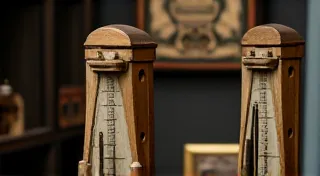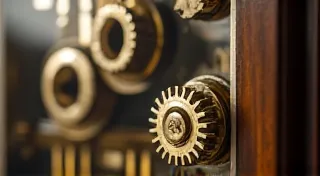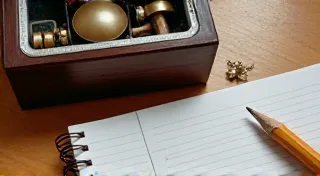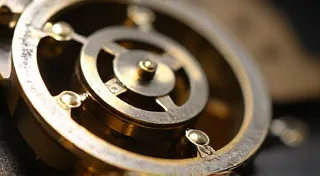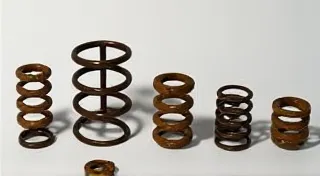Music Box Movement Cleaning: A Safe and Effective Approach
Cleaning the delicate movement of an antique music box is a crucial step in restoration and repair. Years of accumulated grime, old lubricant, and dust can hinder its operation and even cause irreversible damage. However, a cautious and informed approach is essential. This guide outlines a safe and effective method for cleaning music box movements, preserving their original beauty and functionality.
Understanding the Risks
Music box movements are intricate mechanisms composed of tiny, often fragile components. Aggressive cleaning methods, harsh solvents, or careless handling can lead to broken gears, stripped pins, and damaged delicate parts. Before you begin, assess the condition of the movement. Extremely fragile or heavily corroded movements might require professional restoration.
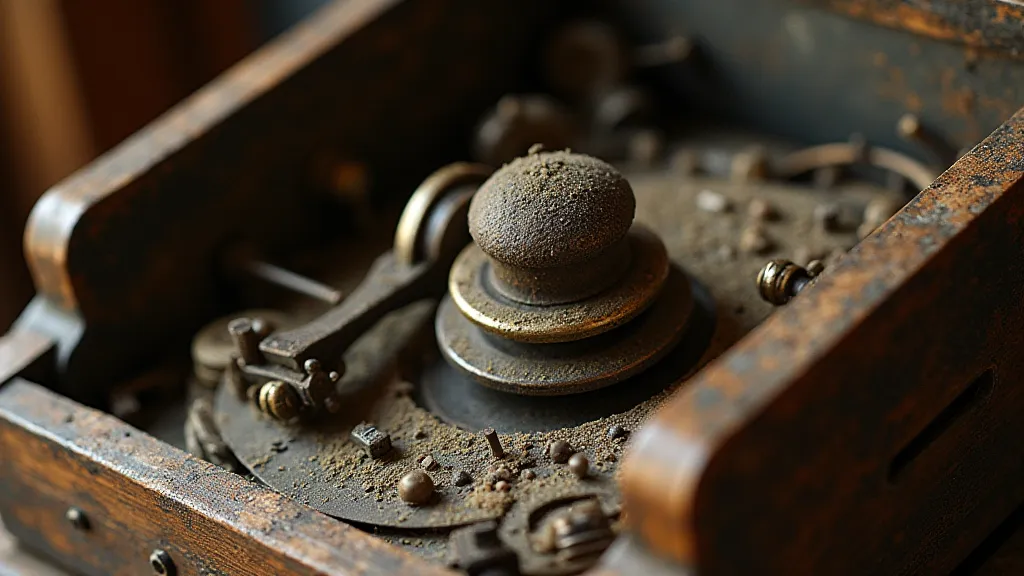
Preparation is Key
Gather your materials. You'll need:
- Good lighting: A well-lit workspace is essential.
- Magnifying glass or loupe: For detailed examination.
- Soft brushes: A variety of sizes, including fine artist's brushes.
- Compressed air: For blowing away loose debris.
- Mild cleaning solvent: Isopropyl alcohol (90% or higher) is often recommended, but always test in an inconspicuous area first. Avoid acetone or other harsh solvents.
- Lint-free cloths: Microfiber cloths are ideal.
- Small containers: For holding parts and solvents.
- Optional: Camera: Take detailed photos *before* you start to document the original layout.
The Cleaning Process – Step by Step
- Disassembly (Carefully!): The first step is careful disassembly. Document each step with photographs. Pay close attention to the order of components and their orientation. This is arguably the most important step; proper reassembly is dependent on accurate documentation.
- Initial Dust Removal: Begin by gently brushing away loose dust and debris with a soft brush. Follow up with a short burst of compressed air, holding the can upright to prevent propellant release.
- Solvent Application: Dampen a lint-free cloth with your chosen cleaning solvent (isopropyl alcohol). *Do not soak the cloth.* Gently wipe the movement components, avoiding excessive pressure. Stubborn grime may require repeated applications.
- Brush Cleaning: Use a variety of brush sizes to access difficult areas. The fine artist’s brushes are excellent for removing grime from gears and pins.
- Drying: Allow the components to air dry completely. A gentle flow of compressed air can speed up the process.
Specific Challenges and Considerations
Comb Springs: These are particularly vulnerable to damage. Handle them with extreme care. Avoid bending or stressing them. Their shape is crucial for proper function. If a comb spring is brittle, it might be best left untouched by a novice.
Pin Plates: The pins on the pin plate are easily bent. Be extra cautious when cleaning around them. Bent pins significantly impact the music played.
Gears: Examine gears for broken or worn teeth. Cleaning won’t repair damage but will allow you to assess it better.
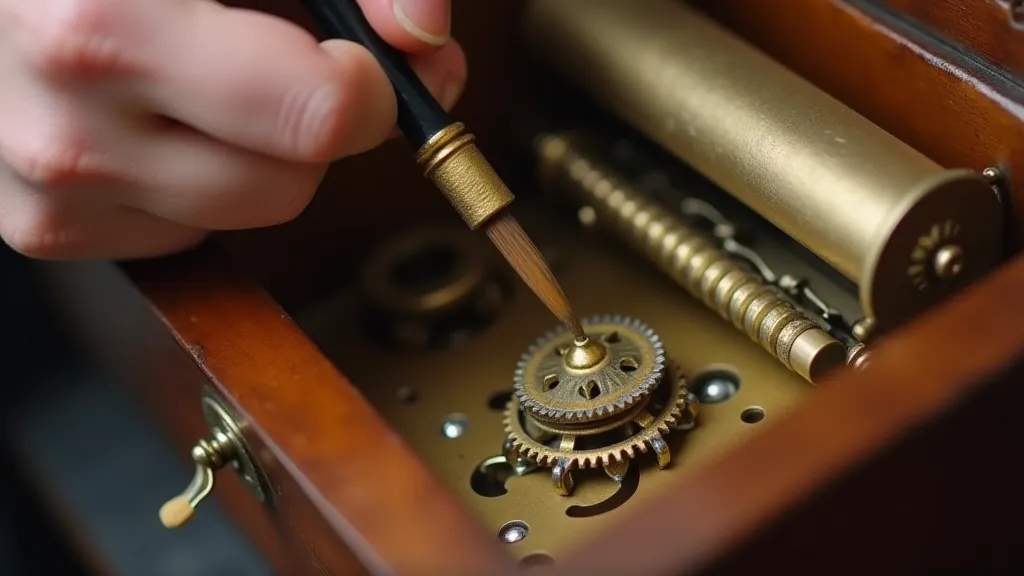
Lubrication – A Final Crucial Step
Once the movement is clean and dry, proper lubrication is essential. Use a high-quality music box lubricant, applied sparingly to the moving parts. Too much lubricant attracts dust and will eventually gum up the mechanism.
Reassembly & Testing
With meticulous documentation, reassemble the movement in the reverse order of disassembly. Take your time and double-check each component’s placement. Once reassembled, carefully test the movement’s operation. If it doesn’t play correctly, carefully review your work and look for any missed steps or incorrectly placed parts.
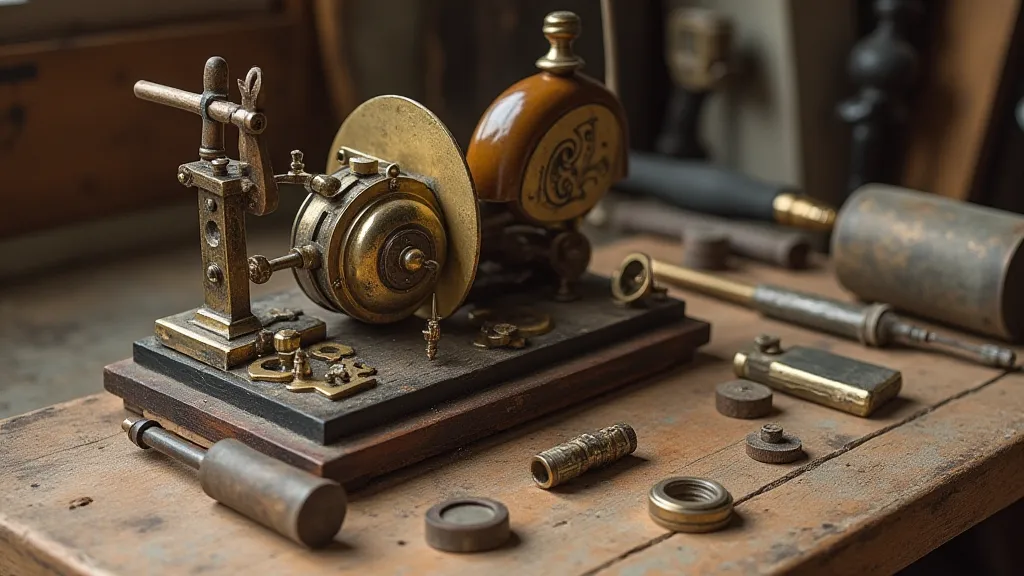
Important Cautions
- Always work in a clean and well-lit area.
- Handle components with care; they are fragile.
- Test cleaning solvents in an inconspicuous area first.
- Document everything with photographs.
- If unsure, seek professional help.
Cleaning an antique music box movement is a rewarding experience, but it requires patience, attention to detail, and respect for these delicate mechanisms. By following these guidelines, you can help preserve these treasures for generations to come.
